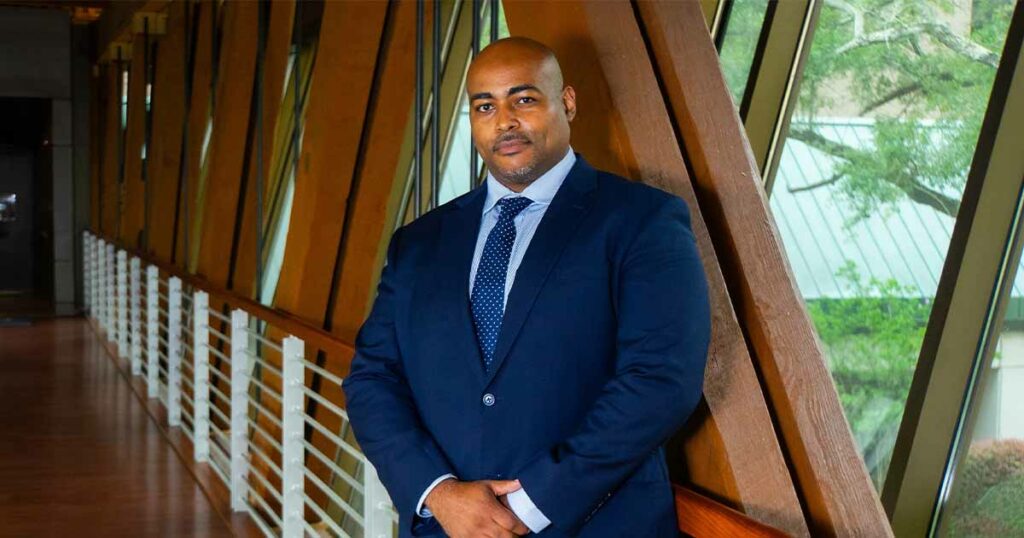Albany, Georgia-based Phoebe Physician Group, an affiliate of the Phoebe Putney Health System, operates in a predominantly rural, 41-county service area where caregivers say it has become increasingly acceptable in the patients’ eyes to miss a doctor’s appointment.
THE PROBLEM
As such, the physician group’s overall no-show rate was at 12% – more than double the Medical Group Management Association’s reported national average of about 5%. In urban markets, for one example, provider organizations can pay for taxi coupons; but in southern Georgia that is not an option. Automated reminder texts and calls were not helping.
Phoebe Physician’s size, its clinics’ expansive markets and the difficulties of staffing in rural areas only exacerbated the problem. Frequent turnover and minimal staff experience led to inconsistent scheduling, double booking and variable appointment confirmation practices.
“You think your staff is sending out these reminders, but they’re often not, or not doing so effectively,” said Matthew Robertson, chief administrative officer at Phoebe Physician Group. “That’s why we decided to explore how artificial intelligence technology could facilitate higher patient volumes while minimizing disruptions to providers and improving the patient experience.”
PROPOSAL
Things started with a conversation with Berkeley Research Group. Phoebe Physician staff told BRG about the problem and that reminder texts and calls weren’t working. And that the organization needed to take away the people element to free up staff time and ensure their work was actually getting done.
“BRG proposed an AI tool, Tool Development and Piloting MelodyMD, they’d developed alongside Trajum ML,” Robertson explained. “The tool leverages machine learning to analyze years of patient visit data and predict the probability of a given patient not showing up for their appointment.
“As new patients are scheduled, MelodyMD communicates with Phoebe Physician’s scheduling system to analyze the patients’ no-shows and automatically creates an adjacent appointment slot if the probability of a no-show exceeds set thresholds,” he added.
MEETING THE CHALLENGE
The tool’s developers examined data points to identify those with the strongest correlation to a patient’s probability of not showing up. These included patient demographics, provider specialty, appointment scheduling lead time, past appointment history and insurance. As new patient visit data was added, developers continued to refine its model.
“One key element we worked out over time involved ensuring double bookings were capped each day,” Robertson noted. “That is, making sure only patients with a high probability of not showing up were considered for double bookings. Exclusions were then applied to specific clinics and appointment types.
“As the model was rolled out and tested, we made adjustments to the reminder process to improve patient communications and ensure our team had sufficient time to fill newly vacant appointment slots,” he continued.
The AI tool, he added, also enabled the organization to measure performance and implement improvements at the following levels:
Patient access. Provides regular monitoring for utilization, no-show volumes, completed visits, cancellations, cancellations within 24 hours and rescheduled visits.
Referral management. Allows regular monitoring for referral volume, patient leakage and keepage rates, and splitter and competitor volumes.
Provider scorecard. Provides regular monitoring for work relative value units, visit types, evaluation and management coding, average visits per session, median days to schedule for new and established patients, no-show rates, and payer mix by provider.
Physician/advanced practice provider productivity. Provides regular monitoring for work relative value units, visit type, evaluation and management coding, and Current Procedural Terminology details by provider.
Nonprovider staffing. Provides regular monitoring of paid full-time equivalent pay, productivity and overtime to ensure staffing to demand.
RESULTS
From January 2023 to February 2024, Phoebe Physician saw an average increase of 168 encounters per week. This amounts to approximately 7,800 additional encounter numbers and $1.4 million in new net patient revenue.
While people still don’t show and the rural perception of making doctor’s appointments still remains an obstacle, the double-booking element has significantly helped reduce the impact of such events, Robertson said.
ADVICE FOR OTHERS
“It’s definitely important to talk to your providers early on in the process and be transparent about what’s happening,” Robertson advised. “You want to clearly articulate the problem, the goals and the potential impacts you expect the AI technology to have. When we talked to our 20 primary care providers and told them they had 84 no-shows per day – they were shocked. It helped get them on board to try a new solution.
“You also want to be sure to take health equity into consideration,” he continued. “How, for instance, do you ensure the AI tool doesn’t result in implicit scheduling biases? How can we refine the algorithm to ensure underinsured and uninsured patients or those with certain types of insurance are not disproportionately impacted by having their appointment slots always double-booked and potentially resulting in longer office wait times to be seen?”
And of course, AI is only as good as the underlying data, he added.
“We worked with BRG to clean up and organize three years of patient data that we could then use to establish an effective model,” he concluded.
Follow Bill’s HIT coverage on LinkedIn: Bill Siwicki
Email him: bsiwicki@himss.org
Healthcare IT News is a HIMSS Media publication.
>>> Read full article>>>
Copyright for syndicated content belongs to the linked Source : Healthcare IT News – https://www.healthcareitnews.com/news/phoebe-physician-group-gains-big-roi-using-ai-no-shows
